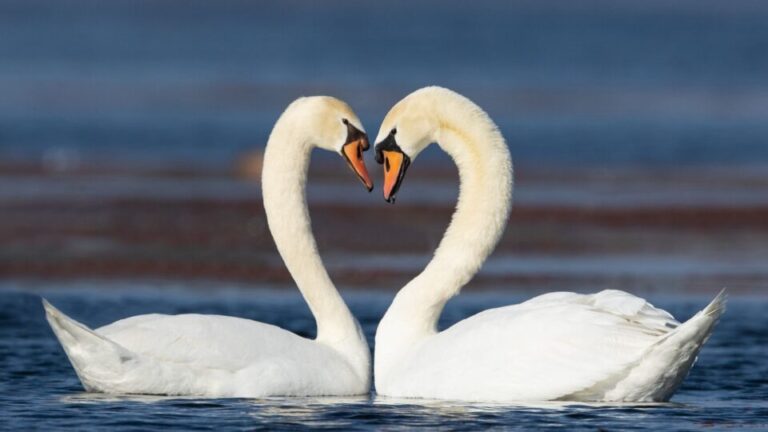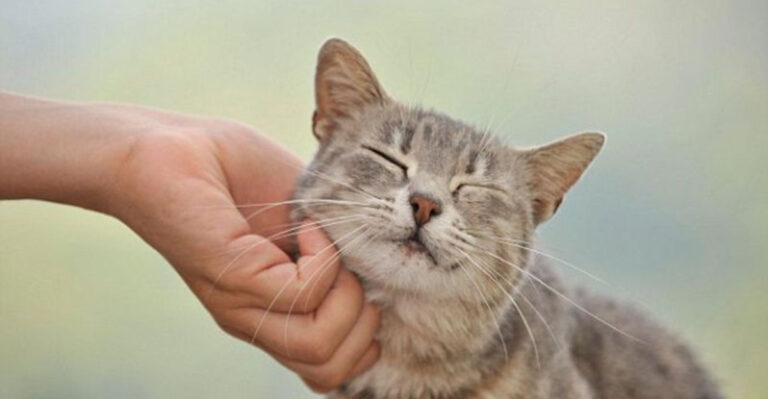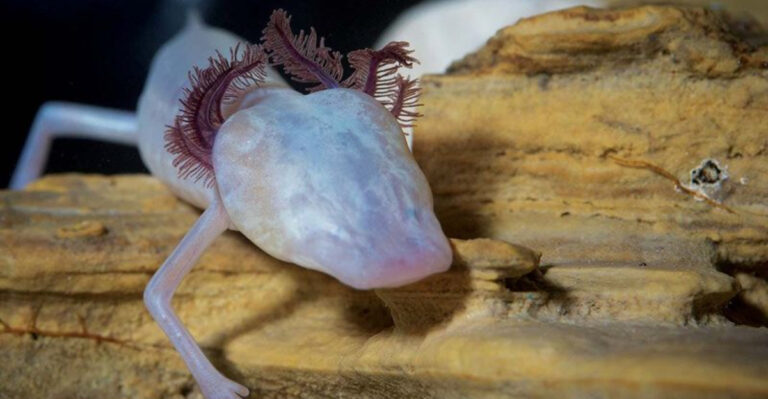8 Signs That Your Horse Is Uncomfortable (And 8 Ways To Help Them Relax)
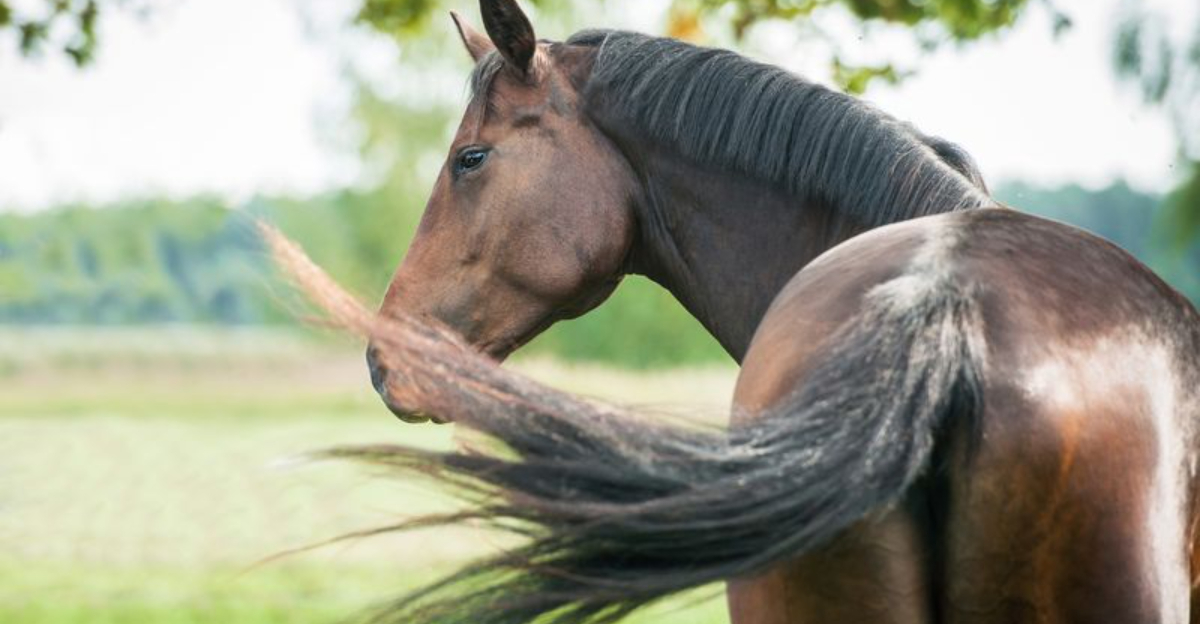
Horses, like us, have their own unique ways of expressing discomfort. Understanding these signs can help ensure their well-being and happiness. Whether it’s a change in behavior or a physical indication, recognizing these signs early can make all the difference.
Here are signs that your horse may be feeling uncomfortable, each explained in detail to help you better understand your equine companion.
1. Change In Eating Habits
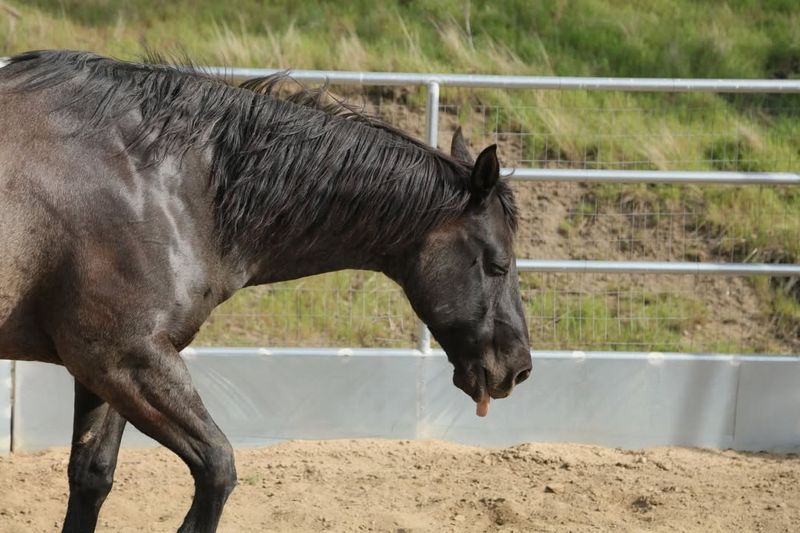
When a horse suddenly changes its eating habits, it can be a clear sign of discomfort. This might manifest as leaving food untouched or eating very slowly. For a creature that relies on routine, any deviation in feeding can indicate something is amiss.
If you notice your horse hesitating at mealtime or showing little interest in treats, it might be time to investigate further. Such behavior can stem from dental issues, digestive problems, or even emotional stress.
Observing your horse’s eating habits is crucial. Keep a log of any changes and consult with a veterinarian if the behavior persists. Addressing the root cause promptly can prevent more severe health issues and ensure your horse remains happy and healthy.
2. Restlessness And Pacing
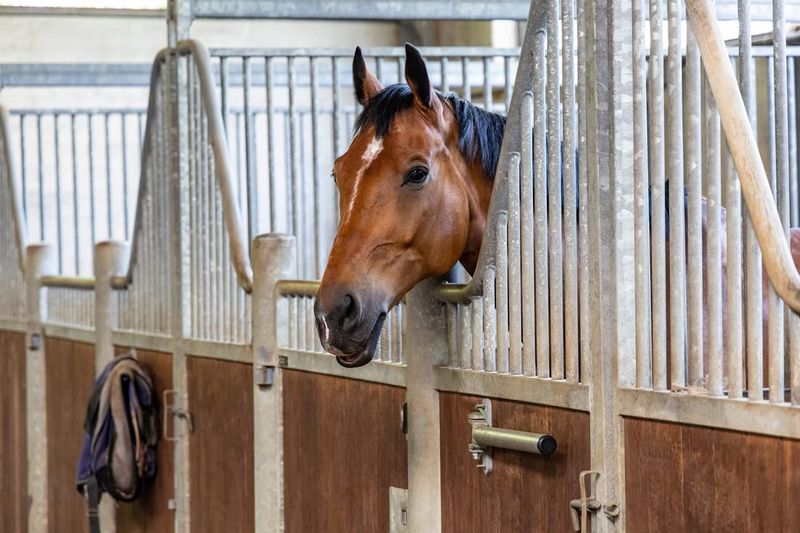
Restlessness is another significant indicator that your horse might be uncomfortable. This behavior includes constant pacing or moving about without purpose. A horse that seems unable to settle down is often trying to communicate that something isn’t right.
Environmental changes, anxiety, or discomfort from equipment such as ill-fitting tack can lead to restlessness. Pay attention to when this behavior occurs, as it might coincide with specific activities or settings.
To address restlessness, observe your horse’s surroundings and daily routine. Removing stressors or adjusting their environment can help. If the behavior continues, consulting a professional can provide further insights and solutions.
3. Excessive Sweating
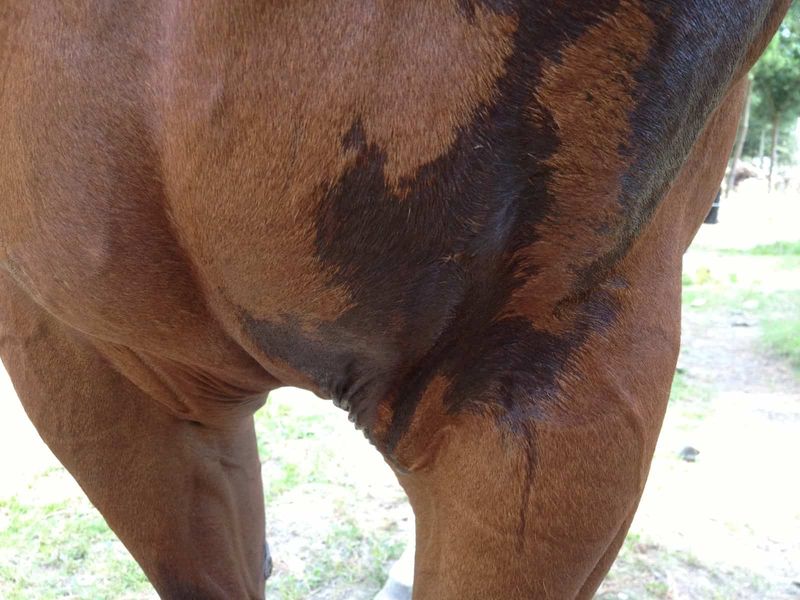
Sweating is natural for horses, but excessive sweating without physical exertion can be a sign of distress. Observe if your horse sweats heavily at rest or without warm weather conditions.
Excessive sweating can result from pain, anxiety, or illness. It may be accompanied by other symptoms such as rapid breathing or an elevated heart rate. Monitoring your horse’s sweating patterns can provide valuable insights.
When faced with such symptoms, a thorough health check by a veterinarian is advisable. Understanding the underlying causes ensures timely intervention and relief for your horse.
4. Unusual Posture
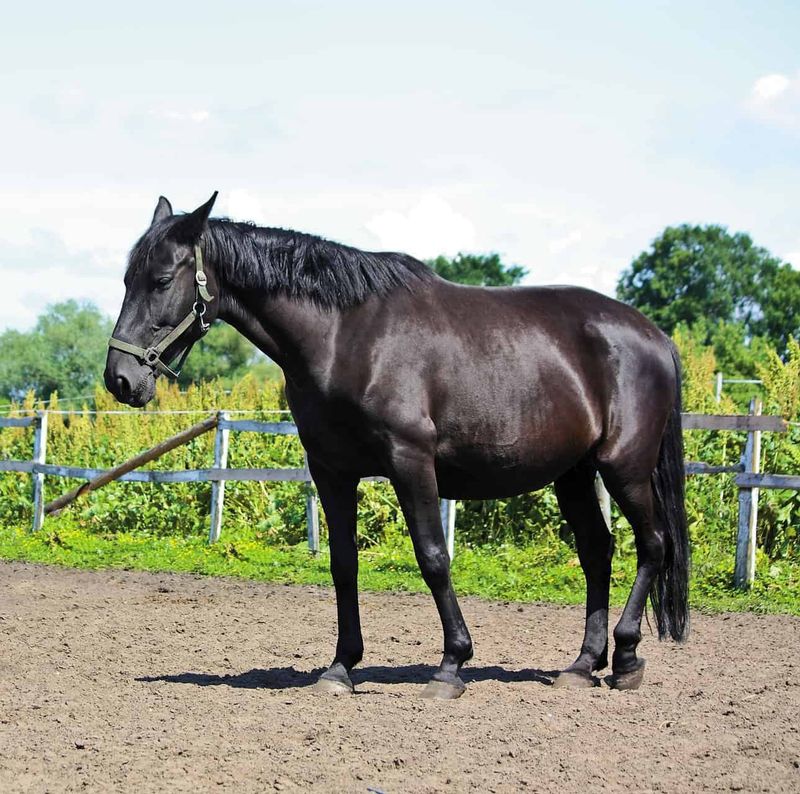
Posture says a lot about a horse’s comfort level. An unusual stance, such as standing with weight shifted to one side or holding the head unusually low, can be a red flag.
These changes might indicate pain in the legs, back, or neck. Observing your horse’s posture during rest and activity can reveal discomfort.
If you notice persistent postural changes, it’s crucial to seek veterinary advice. Correcting these issues early can prevent more significant problems and ensure your horse’s comfort.
5. Tail Swishing
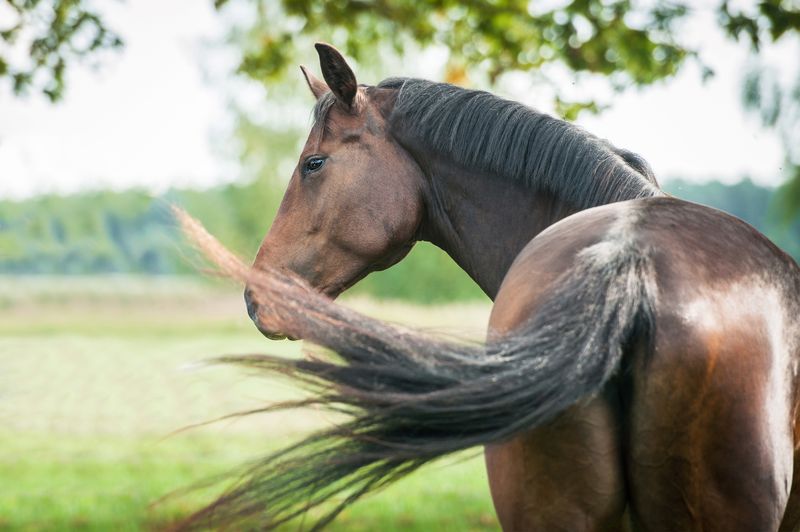
While tail swishing is normal for keeping insects at bay, excessive or aggressive swishing can indicate irritation or discomfort. This behavior often accompanies other signs, providing clues to what’s wrong.
Horses may swish their tails due to skin irritation, back pain, or annoyance from improperly fitting tack. It’s essential to observe when and why your horse exhibits this behavior.
To alleviate tail swishing, check for external irritants or equipment issues. If no obvious cause is found, a check-up with a vet may be necessary to uncover any underlying conditions.
6. Kicking Or Biting
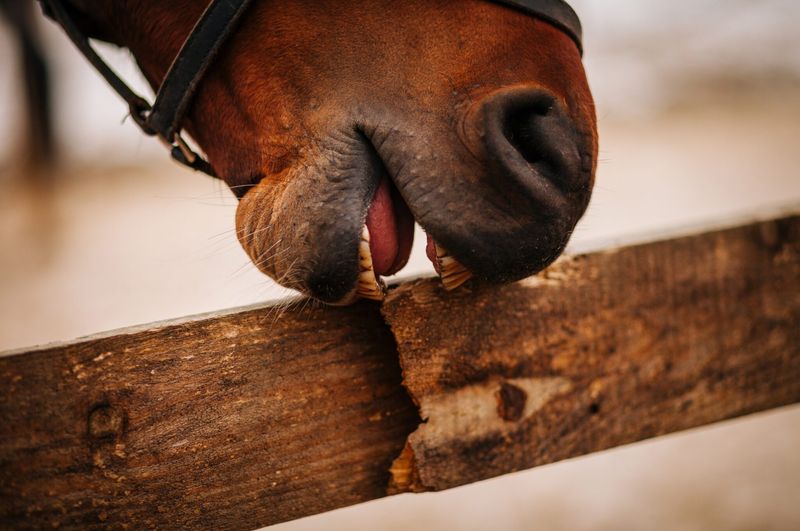
Kicking or biting can be more than just a behavioral issue; it can signal discomfort or pain. Such actions might be your horse’s way of expressing distress.
These behaviors can arise from discomfort caused by gastrointestinal issues, skin irritations, or even dental pain. Observing when your horse kicks or bites can provide insight into potential triggers.
Addressing these behaviors involves pinpointing the underlying causes. Professional guidance may be needed to ensure your horse’s comfort and prevent accidents.
7. Reluctance To Move
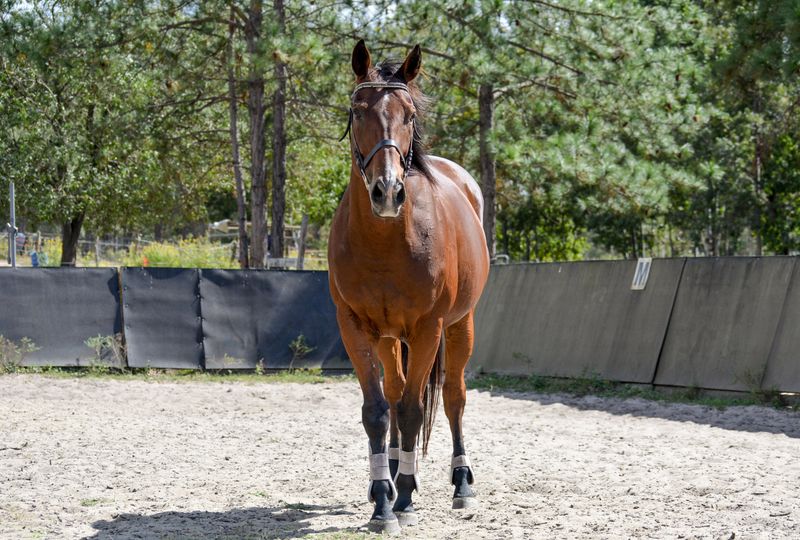
A horse that is reluctant to move or seems stiff could be experiencing discomfort. This reluctance might manifest as a refusal to walk, trot, or canter.
Joint pain, muscle soreness, or hoof problems can be the culprits. Observing your horse’s willingness to move during different times of the day can help identify discomfort patterns.
Consulting a veterinarian can diagnose the cause of reluctance. Early intervention ensures your horse’s mobility and comfort are restored, allowing them to enjoy their activities fully.
8. Changes In Vocalization
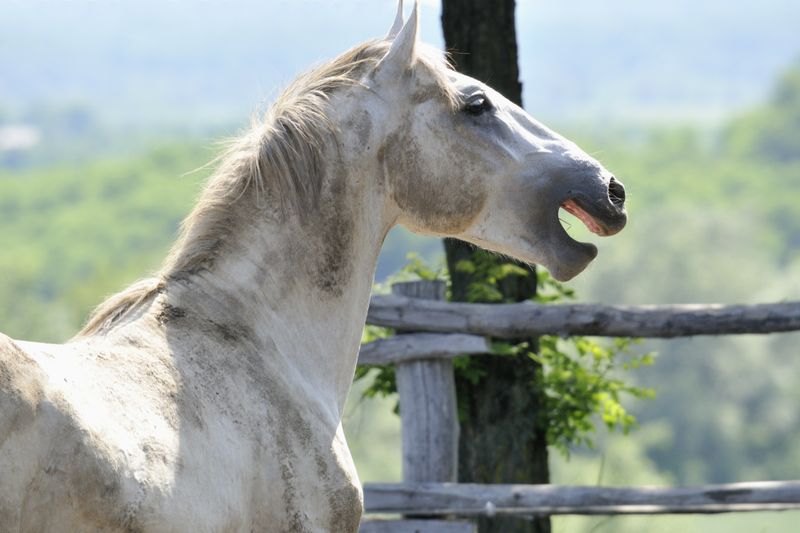
Changes in a horse’s vocalization, such as increased or unusual sounds, can indicate discomfort. A horse that vocalizes more than usual might be trying to communicate distress.
Vocal changes can be linked to anxiety, irritation, or loneliness. Recognizing these changes and their context can help determine the cause.
Monitoring vocal patterns and consulting with a veterinarian or equine behaviorist can uncover and address the reasons behind these vocal shifts, ensuring your horse’s well-being.
9. Guided Trail Rides
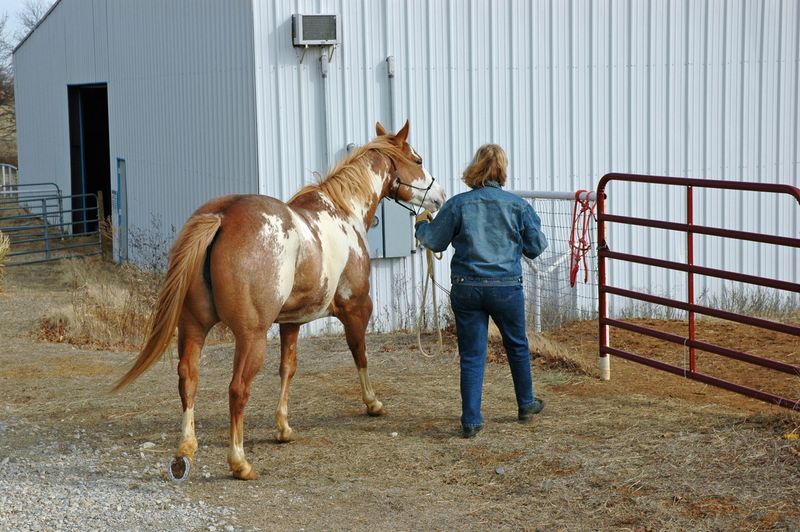
Taking a horse on a guided trail ride can be profoundly calming. The rhythmic pace and natural surroundings provide a serene environment, allowing the horse to immerse itself in the sights and sounds of nature.
As the rider gently guides the horse through lush forests or open fields, it experiences a sense of freedom and relaxation. The fresh air and change of scenery can alleviate stress and promote mental clarity. Building a bond during these rides fosters trust and emotional connection between horse and human.
As the horse moves at a steady pace, it becomes more attuned to the rider’s cues, enhancing communication and understanding. This mutual connection helps both parties relax and enjoy the journey.
Regular trail rides serve as an excellent break from routine training, offering the horse a moment to unwind and recharge. Providing such experiences contributes to a balanced lifestyle, essential for the horse’s well-being.
10. Aromatherapy Sessions
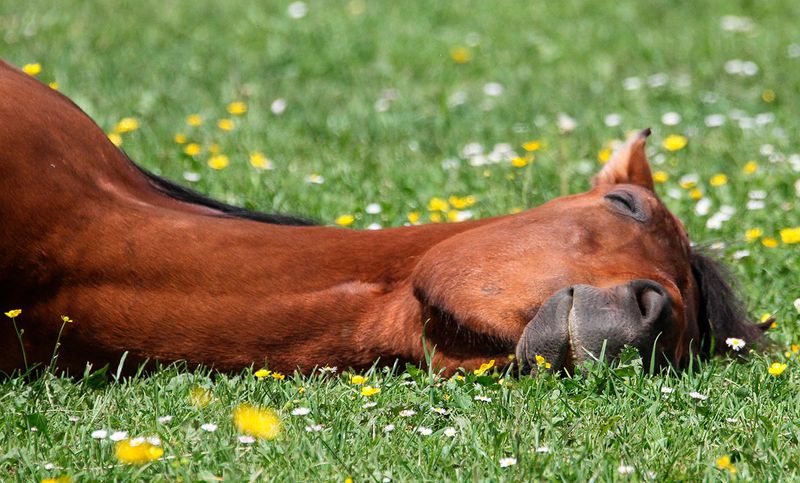
Aromatherapy offers soothing benefits not just for humans, but for horses as well. Incorporating essential oils into a horse’s routine can significantly aid relaxation. Scents such as lavender, chamomile, and peppermint are known for their calming properties. When diffused in a stable or applied in diluted form, these oils create an ambiance of tranquility.
Horses have a keen sense of smell, allowing them to react positively to pleasant fragrances. The introduction of aromatherapy can reduce anxiety and encourage a relaxed state of mind. This practice is especially useful before or after rigorous activities, ensuring the horse remains calm and composed.
For best results, introduce new scents gradually, observing the horse’s reaction and preferences. A personalized approach helps in selecting the most effective oils, making aromatherapy a valuable tool in enhancing a horse’s overall well-being.
11. Music Therapy
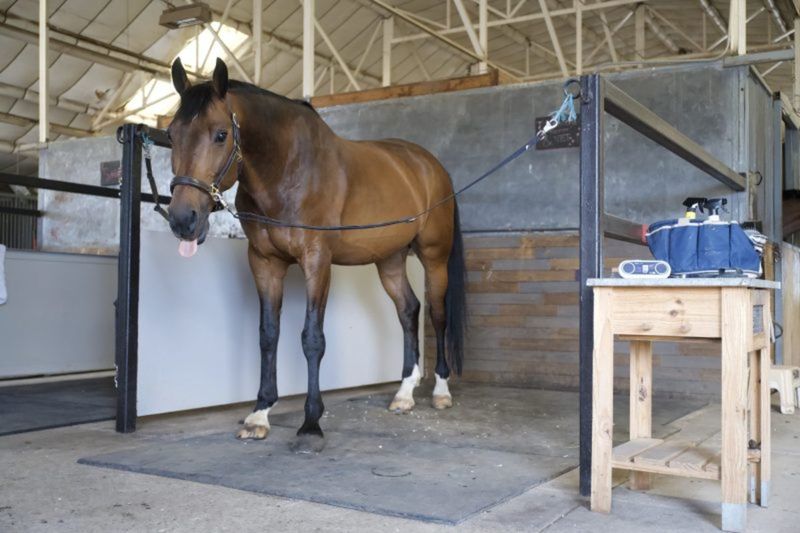
Music therapy can have a profound impact on a horse’s mental state. Playing soft, calming music in the barn or while grooming can help in soothing a horse’s nerves. Horses, like humans, respond to rhythm and melody, allowing them to relax and focus. The choice of music is crucial; classical, instrumental, or nature sounds tend to work best.
These genres mimic the gentle movements and sounds found in a horse’s natural environment. Gradually introducing music helps the horse acclimate, making it an effective tool for stress reduction. Music therapy not only aids in calming the horse but also enhances the bond between horse and handler.
The shared experience of enjoying music together can lead to improved communication and mutual trust. Incorporating music therapy into a horse’s everyday routine can greatly contribute to its emotional health.
12. Massage Therapy
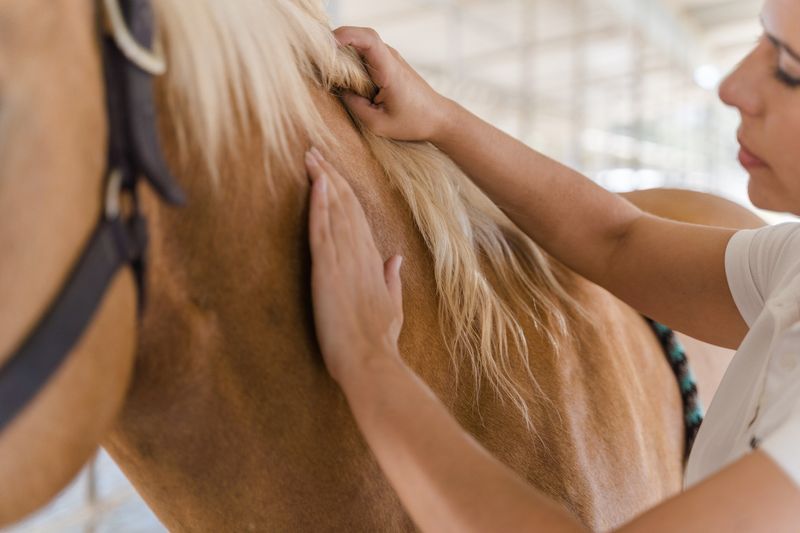
Massage therapy is a powerful method to ease muscle tension and promote relaxation in horses. Skilled hands applying gentle pressure can alleviate discomfort, improve circulation, and enhance flexibility. This therapeutic touch not only benefits the horse physically but also contributes to mental relaxation.
Scheduling regular massage sessions helps maintain a horse’s well-being, ensuring it stays responsive and agile. The technique focuses on specific muscle groups, addressing areas that are prone to stress and fatigue. As tension dissipates, the horse experiences a profound sense of relief and calm.
Incorporating massage therapy into a horse’s care routine allows for early detection of any abnormalities or discomfort, ensuring timely intervention. The soothing effects of a massage foster a trusting relationship, making it an indispensable part of equine relaxation techniques.
13. Pasture Time With Companions
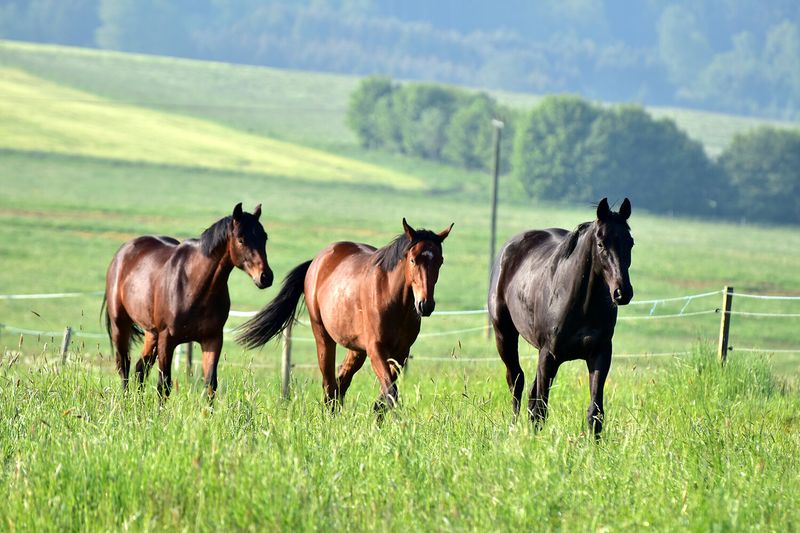
Allowing horses to spend time in pastures with their companions is crucial for their mental health. The freedom to roam and graze in a natural setting offers psychological benefits, reducing stress and promoting relaxation. Social interaction with other horses fosters a sense of community and security.
In this open environment, horses can exhibit natural behaviors, such as grazing and playing, which contribute to their overall well-being. The companionship of other horses satisfies their social needs, helping to prevent loneliness and boredom.
Regular pasture time is essential in a horse’s daily routine. It complements structured training and promotes a balanced lifestyle. By providing ample pasture time, horse owners ensure their animals are not only physically healthy but also mentally content and relaxed.
14. Mindful Grooming Sessions
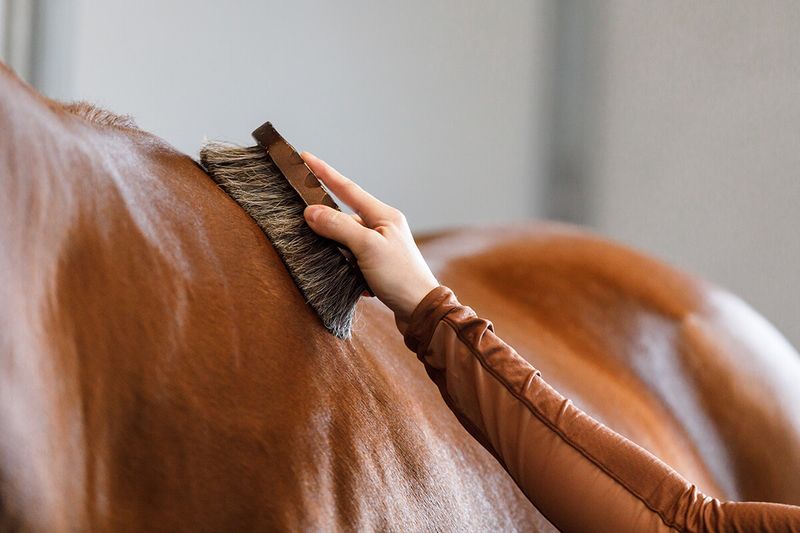
Grooming isn’t just about keeping a horse clean; it is a deeply bonding experience that can significantly relax both horse and handler. During mindful grooming sessions, attention is paid to the horse’s reactions, allowing the handler to focus on areas that provide the most comfort.
The rhythmic strokes of brushing can be soothing, helping to alleviate tension and improve circulation. These sessions offer opportunities to check for any physical concerns such as cuts or swelling, ensuring the horse’s health is constantly monitored.
Engaging in regular grooming sessions strengthens the bond between horse and handler. It’s an opportunity for mutual trust to develop, enhancing communication and understanding. This shared time creates a peaceful environment, contributing to the horse’s overall relaxation and happiness.
15. Equine Yoga And Stretching
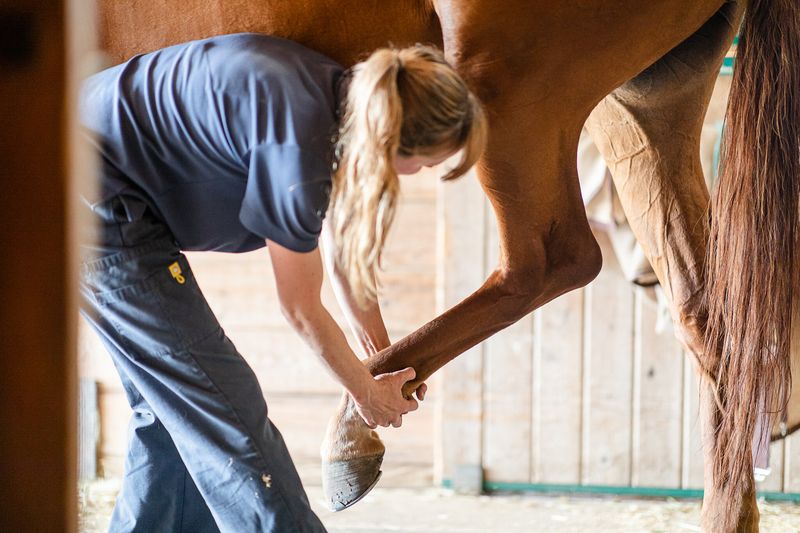
Equine yoga combines stretching exercises and mindfulness to promote relaxation and flexibility in horses. Guided by an experienced therapist, these sessions focus on gentle movements that help horses release tension and improve their range of motion.
Each stretch is designed to cater to the horse’s anatomy, ensuring safety and effectiveness. The slow, deliberate movements encourage the horse to relax and trust the handler, fostering a deeper connection. This form of exercise also contributes to better posture and balance.
Including yoga in a horse’s routine is not only beneficial for physical health but also for mental well-being. It teaches the horse patience and attentiveness, qualities that enhance its overall demeanor. Equine yoga is a testament to the holistic approach in caring for these majestic animals.
16. Hydrotherapy In Pools
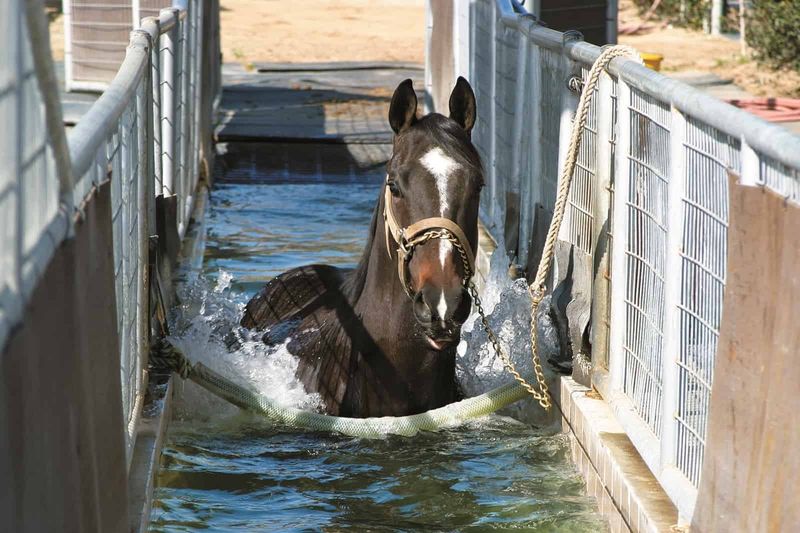
Hydrotherapy provides a unique and effective way for horses to relax and rehabilitate. The buoyancy of water supports the horse’s weight, reducing stress on joints and muscles during exercise. Swimming in a pool specifically designed for equines allows for a low-impact workout.
This form of therapy is particularly beneficial for horses recovering from injuries, as it aids in maintaining fitness while minimizing strain. The gentle resistance of water strengthens muscles and enhances cardiovascular health.
In addition to its physical benefits, hydrotherapy has a calming effect on horses. The sensation of water and the freedom of movement contribute to a relaxed state of mind. Incorporating hydrotherapy into a horse’s care routine ensures a comprehensive approach to its health and happiness.

